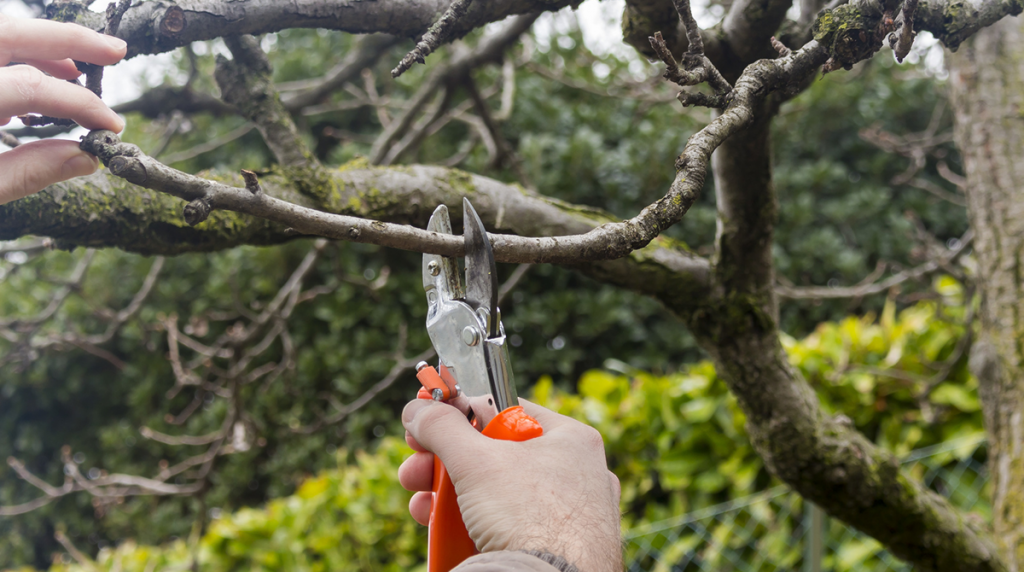[ad_1]
Whether you’re trimming for health or beauty, there are some things you need to know. In this article, you’ll learn about the equipment you’ll need, how to hire a trimmer after a storm, and how to prune for plant health.
Thinning vs raising
Whether to thin or raise trees is a decision that involves a variety of factors. It is important to evaluate tree health and stand structure to determine the most effective thinning method.
A thinning project may have an impact on species composition and wildlife habitat. It may also improve resistance to insects and disease. Trees with small diameter are often susceptible to insects and wind damage. It may be necessary to thin forests in order to improve the quality of the forest’s wildlife habitat. It is also important to preserve the health of the forest by thinned stands.
Thinning helps to increase air circulation and light penetration through the canopy. It also encourages the formation of flower buds. It may also have an impact on the resistance of trees to disease.
Historically, thinning has been done to create a desired balance between individual tree attributes. Thinning may be necessary when too many trees were planted. Regardless of the reason, thinning should be done in an order that is consistent with the stand’s health and structure.
Pruning for plant health
Besides removing unwanted and dead branches, pruning promotes healthy growth in plants. This helps to fend off insects and disease.
The process involves removing unwanted branches, removing dead branches, and removing dead, diseased, or damaged parts. This helps promote healthy growth in plants and improves their appearance.
It is important to know the different types of pruning and what the benefits are. This will ensure that you get the most out of your efforts.
When pruning a plant, consider the size of the plant. You want to remove as little foliage as possible to avoid exposing the plant to excess light. This can also prevent the plant from producing the food it needs to thrive.
The best time to prune is late winter. This ensures that the wounds heal quickly and reduces the risk of disease.
When pruning, make sure you use the right tools. Bypass pruners are best for clean cuts. If you are using a pair of sharp hand pruners, make sure to sterilize the blade before using.
Costs of hiring a tree trimmer after a storm
Depending on the location, the size and type of tree, and the number of branches, the cost of trimming a tree will vary. It can cost $200 to $1,000 to have a tree trimmed. In addition, you may have to pay for additional services, like fertilization, pest control, or stump removal.
The average tree will cost around $315 to $700 to trim. However, this figure may vary depending on the location, the size of the tree, and the type of service you are looking for. Some companies may charge less for small to medium-sized trees, while others may charge more for large trees.
The cost of trimming a tree is directly related to its size. Larger trees are more difficult to trim, and will require more time and effort.
While trimming a tree is a great way to improve the health of your tree, it is also a dangerous activity. The risk of a falling branch is significantly higher with a tree that is tall and unhealthy. To prevent damage to your home or property, it is best to hire a professional tree trimmer.
Tools and equipment you’ll need
Whether you’re a do-it-yourselfer or a professional, you’ll need the right tools and equipment to get the job done. Depending on the type of tree you’re trimming, you may need to wear safety gear such as hard hats and gloves. You should also have a first aid kit on hand to treat more serious wounds.
One of the most important tools for trimming trees is a telescoping lopper. These tools are lightweight and easy to use. They also come with extendable handles that allow you to reach branches farther than usual.
You can also choose a chain saw, axe, or pole saw. These tools are more powerful than hand saws and can be used to trim tree branches up to 5 inches thick. You can also use wood chippers to grind branches into wood chips.
When cutting branches, it is important to wear protective glasses or goggles. The small splinters in branches can smack people in the eye. Also, it is important to wear gloves to prevent cuts from getting in your hands.
[ad_2]

